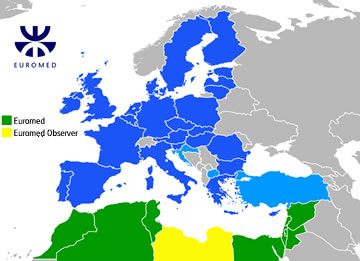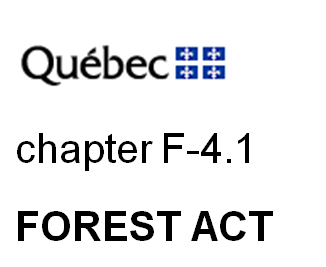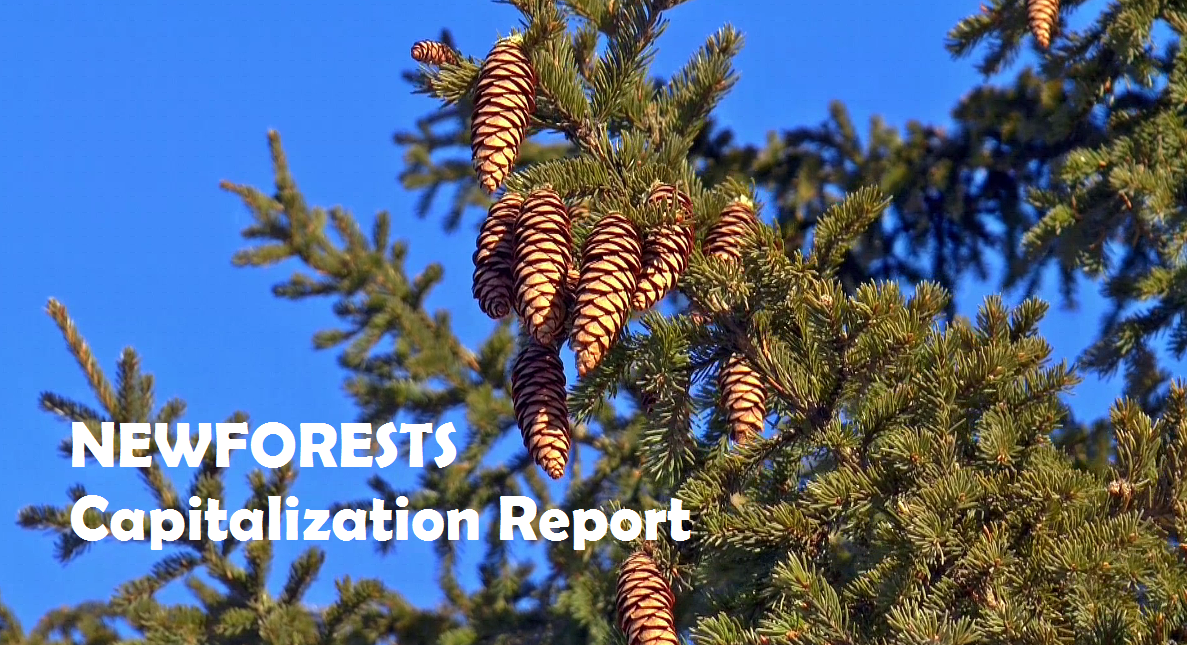Forests are of direct and major concern to societies due to products such as wood and tourism or of indirect economic importance through the provision of numerous ecosystem services such as water storage and purification, carbon sequestration and maintenance of biodiversity (Balvanera et al. 2007). As a society, we have been reluctant to recognize that the value of these services can substantially outweigh the economic return from timber production (Constanza et al. 1997). Global change threatens this provision at many levels worldwide, providing scientists with the new challenge of anticipating impacts to forests, and, developing approaches, tools and guidelines to mitigate and adapt to such changes (Folke et al. 2005).
A necessary step in this venture is to build new capabilities to better identify and understand, at different spatial and temporal scales, the ecological mechanisms mediating forest ecosystem responses to global change drivers. In the end, the objective is to provide the society with the necessary policies and tools to maintain forest goods and ecosystem services. Euromed 2030 stated that any support in forestry research will strengthen sustainable forest management and in fact, strategies must be directed at promoting mitigation of the effects of global change and at guaranteeing the sustainable use of forest ecosystem goods and services (Horizon 2020 societal challenges). In the same line, the Canadian government sustains its own action on climate change and one of the main drivers of the new Québec Forest Act is that forest managers and researchers need to be closely linked. However, forest ecosystem responses are assumed to be complex and interactive in nature, leading to new combinations of constraints and the creation of novel ecosystems (due to invasive species or resistance decrease of the current forest, among other factors, Hobbs et al. 2007).
An appealing approach to address these issues is to combine views from forest regions with contrasting ecological and human history. Since global change is likely to result in novel environmental conditions and constraints for future forests, one is likely to gain insight into potential futures by learning from lessons obtained elsewhere. Understanding environmental responses of recently disturbed forests and comparing these responses to those from forests in regions with a long history of human exploitation, is a promising way forward (Tittler et al. 2012).
This task has been the main objective pursued by five widely and internationally recognised research centres CREAF and CTFC (in Spain), CBAE (in France) and UQAM and UQAT (part of the Forest Research Centre, CEF, in Canada), in the fields of forestry and applied forest ecology. The approach developed by the ongoing collaboration is to exchange experience and knowledge between two contrasting forests ecosystems: northern North American forests (temperate and boreal) in the New-World, which only recently have faced a significant impact from human activities, and Mediterranean and mountain forests in Southern Europe, which have been affected by millennia of interactions between human activities and environmental changes. Moreover, management approximations are broadly different in both regions; while northern American forest management could provide new insights about landscape strategies, management experience in southern Europe forests may contribute with techniques to cope with a long history of human perturbation. The research cooperation between the team members has been strong during the last 10 years and has lead to a high number of joint publications, projects and exchanges at junior and senior levels.
The present IRSES projects aims at fostering collaboration in a continuum from research on our understanding of how forests respond to environmental changes, to how societies can implement such knowledge in managing and planning forest landscapes to deliver sustainable ecosystems services and goods in the long run. The long-term objective is thus to generate a basis for sustainable cooperation even after the project duration.





